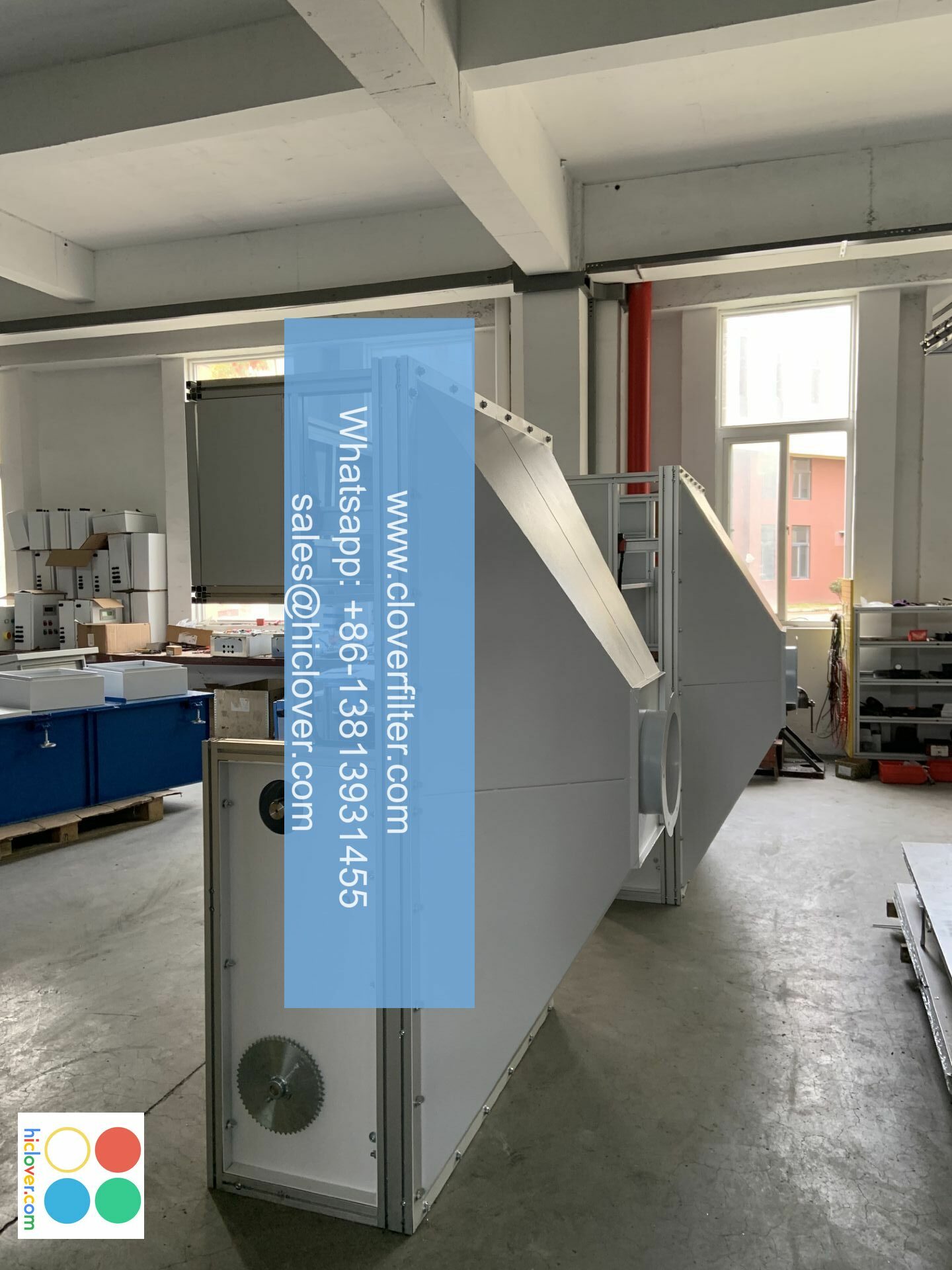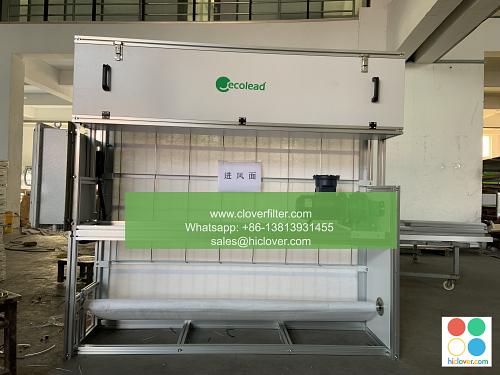Air Purifiers for Dust Allergies: A Comparative Review

With the increasing prevalence of dust allergies, air purifiers have become an essential appliance for many households. These devices are designed to remove allergens, dust particles, and other pollutants from the air, providing relief to individuals suffering from respiratory issues. In this article, we will delve into the world of air purifiers, exploring their benefits, types, and features, as well as providing a comparative review of the top models on the market.
Understanding Dust Allergies and Air Purifiers
Dust allergies, also known as dust mite allergies, are a common condition that affects millions of people worldwide. The primary culprit behind these allergies is the dust mite, a tiny insect that thrives in dusty environments. Air purifiers play a crucial role in mitigating the effects of dust allergies by removing dust particles, dust mites, and other allergens from the air. By using a high-quality air purifier, individuals can significantly reduce their exposure to these allergens, alleviating symptoms such as sneezing, congestion, and itchy eyes.
Types of Air Purifiers for Dust Allergies
There are several types of air purifiers available on the market, each with its unique features and benefits. Some of the most common types include:
- HEPA (High Efficiency Particulate Air) purifiers: These devices use a HEPA filter to capture 99.97% of particles as small as 0.3 microns, including dust, pollen, and other allergens.
- Activated Carbon purifiers: These units use activated carbon to absorb odors, gases, and chemicals, providing additional relief for individuals with multiple chemical sensitivities.
- UV (Ultraviolet) purifiers: These devices use UV light to kill bacteria, viruses, and other microorganisms, making them an excellent choice for individuals with weakened immune systems.
- Ionizer purifiers: These units use negative ions to attract and trap dust particles, providing a chemical-free alternative to traditional air purifiers.
- **Levoit LV-H132**: This compact and affordable air purifier features a 3-stage filtration system, including a HEPA filter, activated carbon, and a pre-filter. It is ideal for small rooms and provides excellent performance for its price.
- **Dyson Pure Cool Link**: This premium air purifier features a unique design and advanced filtration system, including a HEPA filter and activated carbon. It also comes with a built-in fan, providing a cooling breeze during the summer months.
- **Honeywell HPA300**: This high-performance air purifier features a Turbo mode, which captures 99.97% of particles as small as 0.3 microns. It also comes with a built-in timer and remote control, making it easy to use and maintain.
- **Coway Airmega 400**: This smart air purifier features a 4-stage filtration system, including a HEPA filter, activated carbon, and a pre-filter. It also comes with a built-in air quality sensor, providing real-time feedback on indoor air quality.
- **Home and residential**: Air purifiers are essential for households with individuals suffering from dust allergies or respiratory issues. They can be used in bedrooms, living rooms, and kitchens to provide clean and healthy air.
- **Office and commercial**: Air purifiers can be used in offices, hospitals, and other commercial settings to improve indoor air quality and reduce the risk of airborne infections.
- **Industrial and manufacturing**: Air purifiers can be used in industrial settings to remove pollutants and allergens from the air, improving worker health and productivity.
- **Schools and educational institutions**: Air purifiers can be used in classrooms and other educational settings to improve indoor air quality and reduce the risk of airborne infections.
Comparative Review of Top Air Purifier Models
In this section, we will compare and review some of the top air purifier models on the market, highlighting their features, benefits, and drawbacks.
Application Areas for Air Purifiers
Air purifiers have a wide range of applications, from residential to commercial and industrial settings. Some of the most common application areas include:
Conclusion
In conclusion, air purifiers are an essential appliance for individuals suffering from dust allergies and respiratory issues. By understanding the benefits, types, and features of air purifiers, individuals can make informed decisions when selecting the best model for their needs. Whether you are looking for a compact and affordable option or a premium model with advanced features, there is an air purifier on the market to suit your requirements. By using a high-quality air purifier, you can significantly reduce your exposure to dust allergens and other pollutants, improving your overall health and wellbeing. You haven’t asked a question or provided any context. What would you like to talk about?

